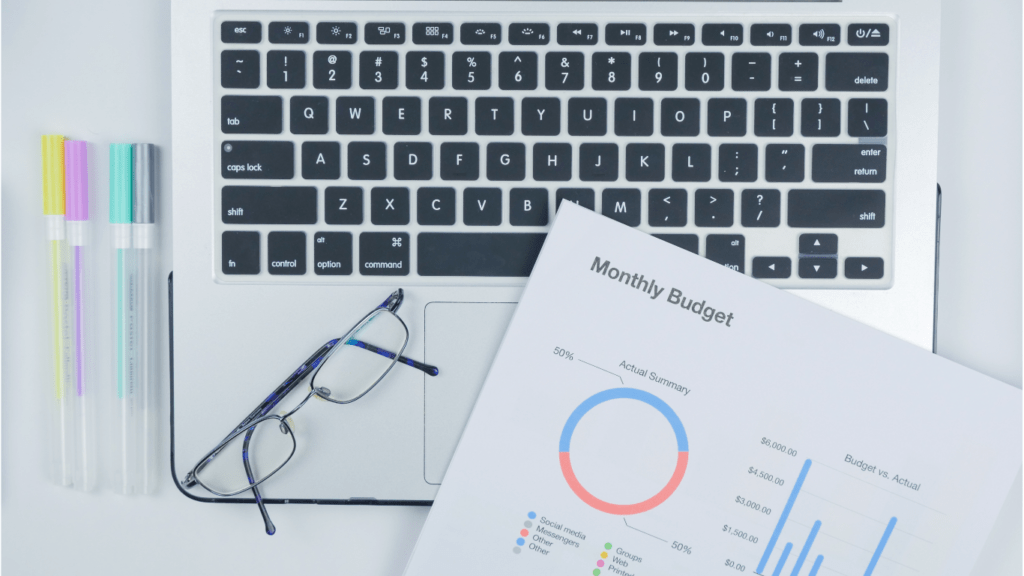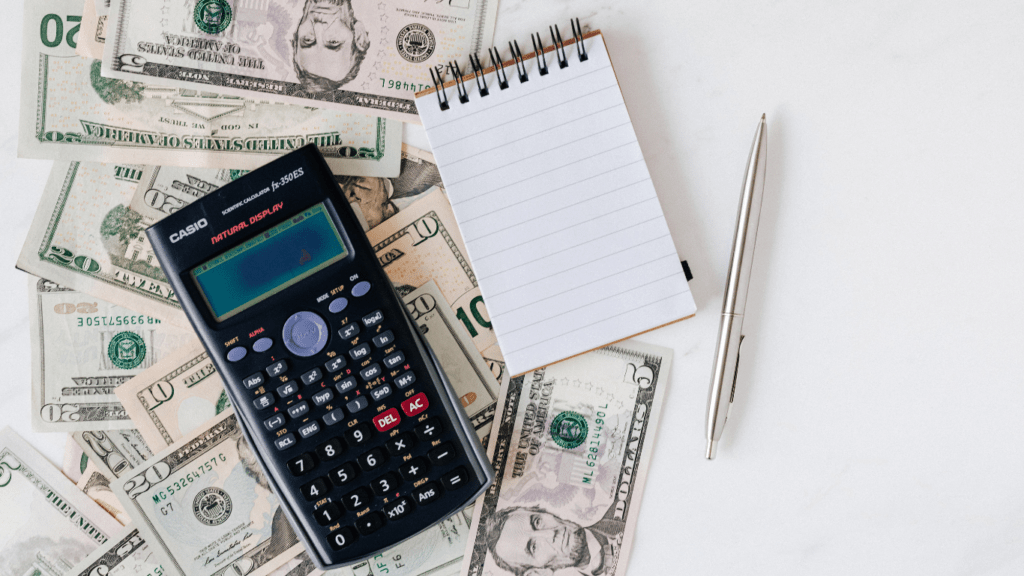Understanding the Importance of a Monthly Budget
Creating a monthly budget serves as a financial roadmap, helping me navigate my spending and savings. By allocating funds to specific categories, I gain clarity on where my money goes. This practice highlights areas where I can cut back, ultimately leading to increased savings.
A budget instills financial discipline by setting boundaries for my spending. When I adhere to these limits, I minimize impulsive purchases and prioritize essentials. This disciplined approach fosters responsible financial habits crucial for long-term stability.
By understanding my income and expenses, I’m better positioned to address financial challenges. A monthly budget acts as a buffer, preparing me for unexpected costs and emergencies. This preparedness reduces anxiety and contributes to peace of mind.
Embracing a budget aligns my expenses with my financial goals. Whether saving for a house, paying off debt, or building an emergency fund, I use my budget as a tool to keep progress on track. Informed spending decisions help achieve these goals more efficiently.
Gathering Financial Information
Collecting accurate financial data is a fundamental step in building an effective budget. Understanding both income and expenses lays the foundation for a realistic financial plan.
Tracking Income
Identifying all income sources is essential for creating a comprehensive budget. I start by:
- listing net salary
- freelance pay
- investment returns
- side gig earnings
To ensure accuracy, I use pay stubs, bank statements, and deposit records. Recognizing all income streams helps create a budget aligned with financial realities.
Listing Expenses
Detailing expenses gives a clear picture of spending habits. I categorize expenses such as rent, groceries, utilities, insurance, and subscriptions. To keep track, I examine receipts, bills, and bank statements over a few months. Categorizing fixed and variable expenses aids in identifying areas for adjustment and potential savings.
Setting Financial Goals

Setting financial goals establishes a clear target for prioritizing spending and savings. Goals help guide budgeting efforts and ensure resources align with personal aspirations.
Short-term Goals
Short-term goals generally span a few months to a year. I might include saving for a vacation, purchasing a new gadget, or setting aside funds for an unforeseen expense. To achieve these, I break them into manageable monthly savings targets, using my budget to track progress and make adjustments as needed.
Long-term Goals
Long-term goals often cover a period of several years. Examples include saving for retirement, buying a home, or funding a child’s education. For these, I allocate a portion of my income toward investments or dedicated savings accounts, monitoring growth over time to remain aligned with my objectives. Balancing these with short-term goals ensures a well-rounded financial plan that addresses immediate needs and future aspirations.
Creating the Budget
I simplify the budgeting process by breaking it down into manageable steps, ensuring clarity and effectiveness. These steps help me allocate funds wisely and prioritize expenses.
Allocating Funds
I distribute my income across specific categories, matching funds to essential expenses, savings, and discretionary spending. Essential expenses include housing, utilities, and groceries, while savings might focus on emergency funds or retirement. Discretionary spending covers entertainment and dining out. I ensure my budget reflects my financial goals by assigning a percentage of income to each category.
- Essential Expenses: Housing, utilities, groceries
- Savings: Emergency funds, retirement
- Discretionary Spending: Entertainment, dining out
I use tools like budgeting apps or spreadsheets to track allocations and expenses. They provide a clear overview and help adjust categories if overspending or if priorities change.
Prioritizing Expenses
To maintain financial stability, I rank my expenses by importance. Non-negotiable commitments, like rent and utilities, come first. I then focus on debts or loans to prevent interest from spiraling. Once these are covered, I address variable expenses, such as groceries and transportation. This method ensures essential needs are met before addressing wants.
- Non-Negotiable Commitments: Rent, utilities
- Debts or Loans: Credit cards, mortgage payments
- Variable Expenses: Groceries, transportation
By consistently prioritizing, I guarantee a budget that aligns with my financial objectives, progressing toward my long-term goals efficiently.
Implementing and Adjusting the Budget
Once a budget is in place, ensuring it works effectively requires ongoing attention. Regularly monitoring and adjusting as needed keep the budget aligned with financial goals and evolving circumstances.
Monitoring Progress
Tracking financial progress helps maintain control over spending. I regularly review my budget at the end of each month to assess actual spending against planned allocations. Using apps or spreadsheets, I categorize spending according to major focus areas like essentials and discretionary expenses. This systematic tracking highlights discrepancies and reveals patterns in financial behavior. When I’ve set specific financial goals, like building an emergency fund, monitoring progress ensures I’m on course to achieve these targets.
Making Adjustments
Unexpected changes in income or expenses may require budget adjustments. I update my budget when changes occur by re-evaluating spending categories and allocations. For example, if my income increases, I consider increasing savings or debt repayment. Conversely, if an unexpected expense arises, I look for areas in my spending to cut back, such as dining out or entertainment. Flexibility is crucial; keeping my budget adaptable allows me to handle life’s changes without financial stress. By making these careful adjustments, I ensure my budget continues to support my financial goals effectively.



